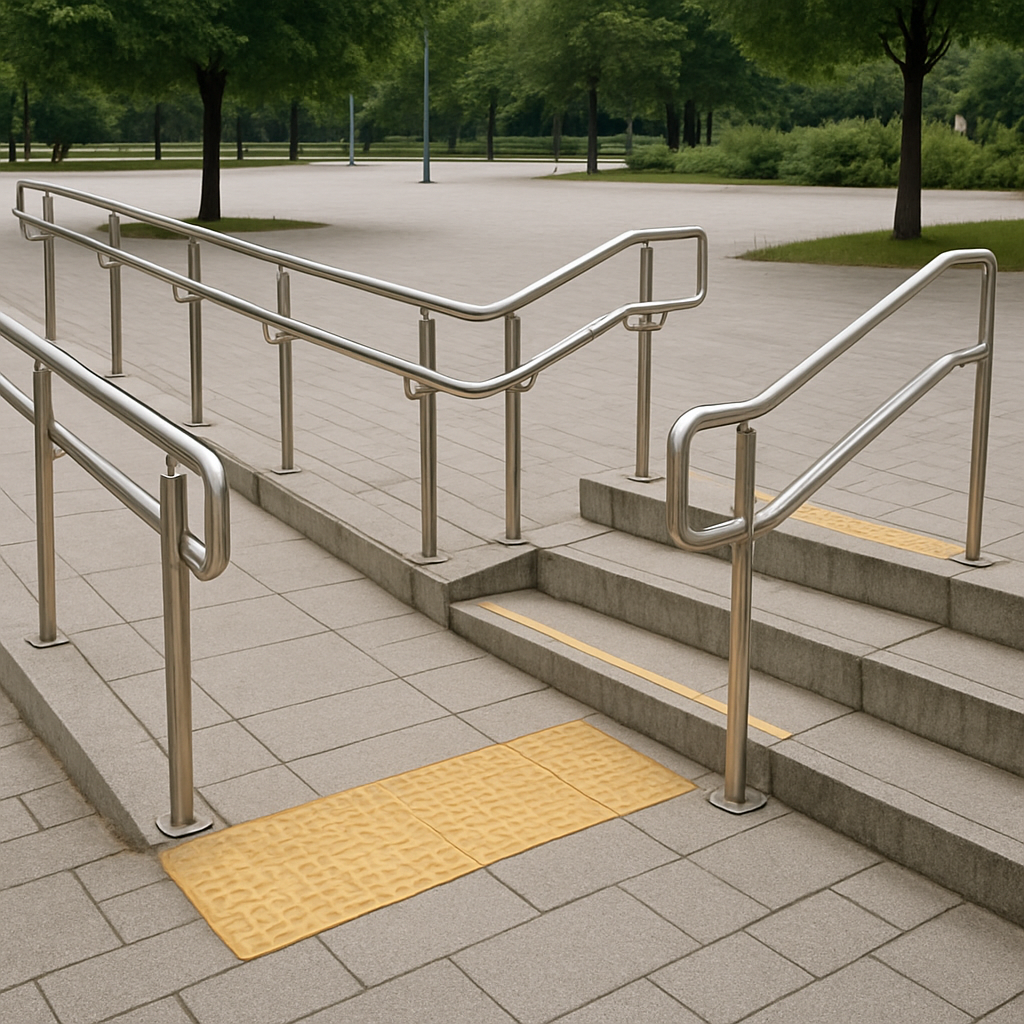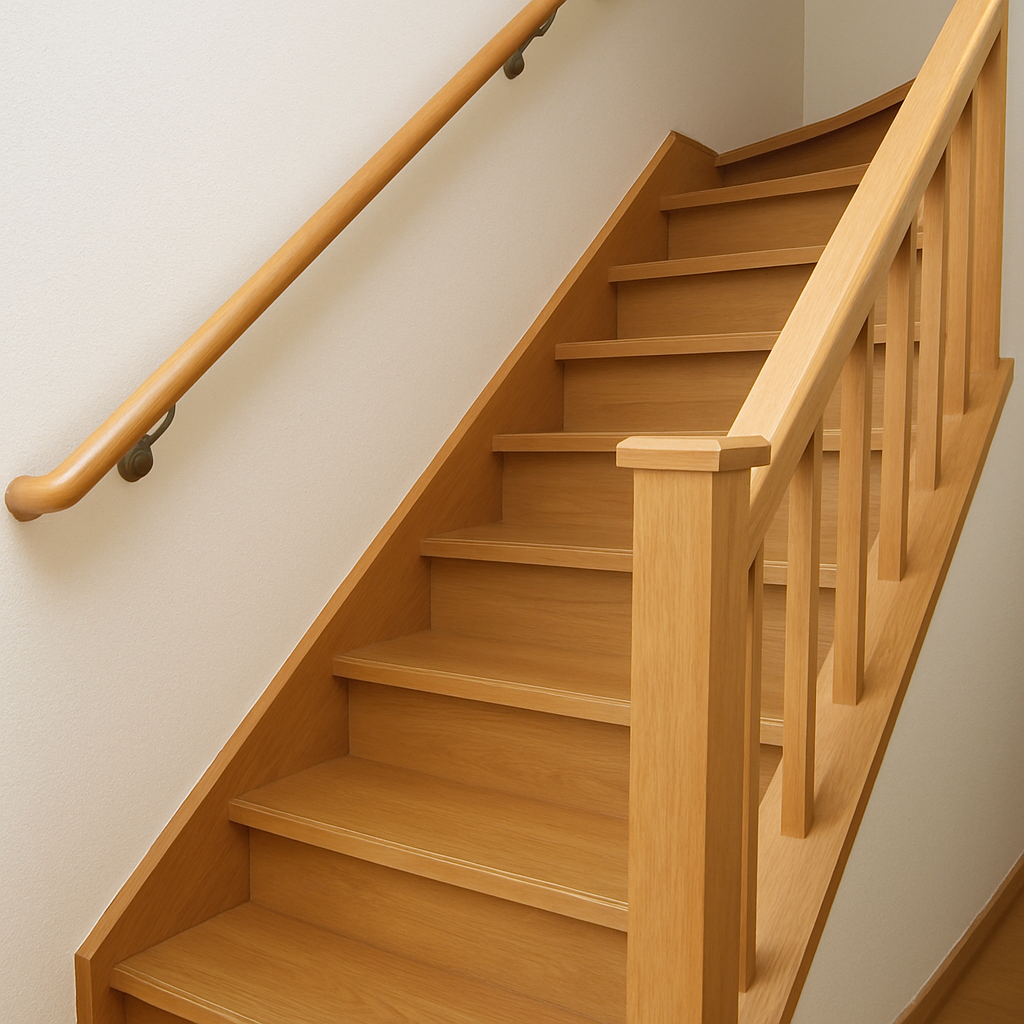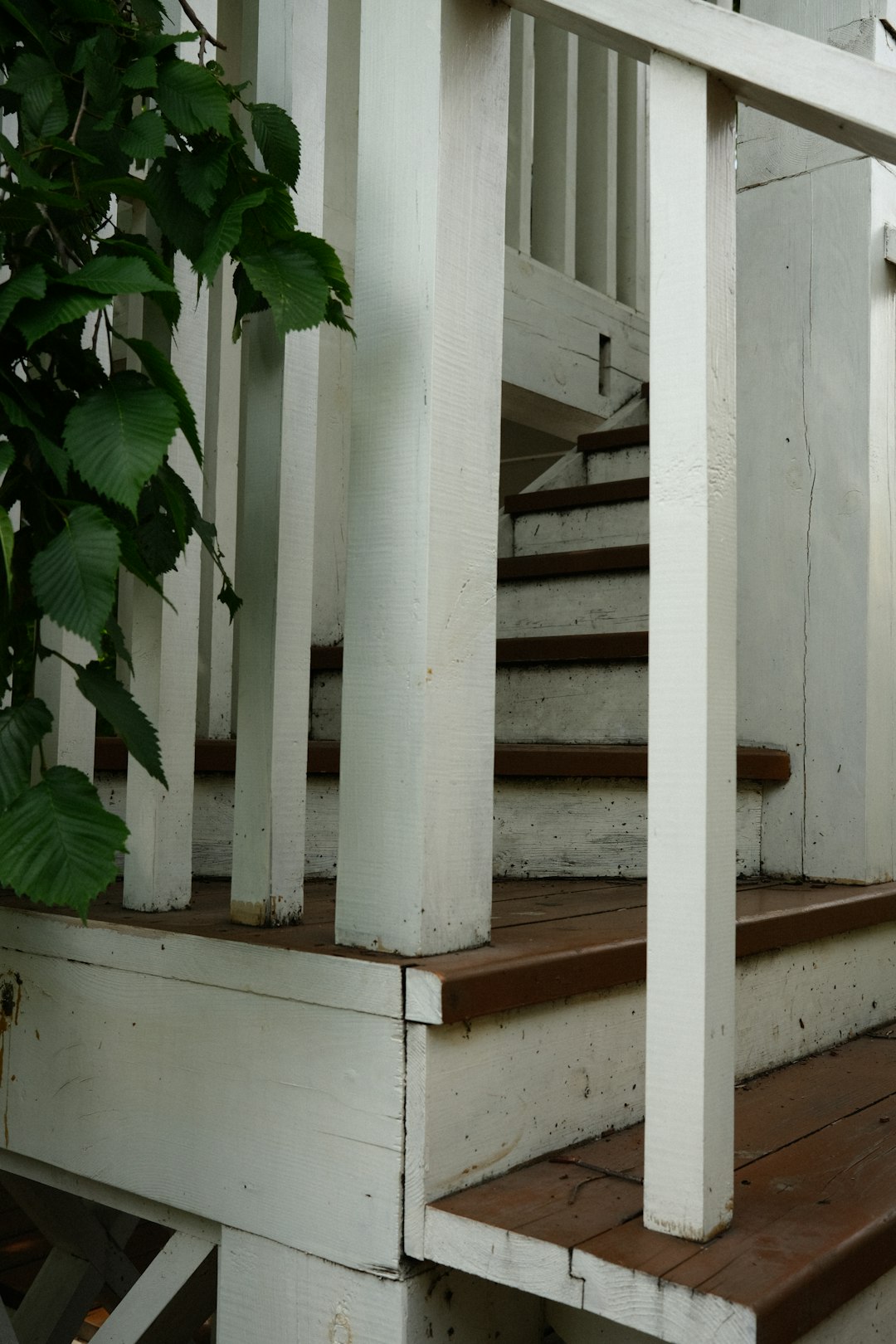 Service Hotline:13510328459
Service Hotline:13510328459
 205-206, 2nd Floor, Building 2, Xiazao Village Industrial Zone, Gaofeng Community, Dalang Street, Longhua District, Shenzhen City
205-206, 2nd Floor, Building 2, Xiazao Village Industrial Zone, Gaofeng Community, Dalang Street, Longhua District, Shenzhen City
 Service Hotline:13510328459
Service Hotline:13510328459
 205-206, 2nd Floor, Building 2, Xiazao Village Industrial Zone, Gaofeng Community, Dalang Street, Longhua District, Shenzhen City
205-206, 2nd Floor, Building 2, Xiazao Village Industrial Zone, Gaofeng Community, Dalang Street, Longhua District, Shenzhen City
Time:2025-09-25 Preview:
Accessibility handrails are essential components in both public and private spaces, designed to ensure safety and ease of movement for individuals with varying mobility needs. Whether installed in outdoor or indoor settings, these handrails provide necessary support and stability, which can significantly enhance a person's ability to navigate spaces independently. In this article, we will delve into the uses and functions of accessibility handrails, exploring their importance in creating inclusive environments.
Accessibility handrails are specially designed railings that provide support and stability to people with limited mobility, such as the elderly, individuals with disabilities, or those recovering from injuries. These handrails are typically installed along staircases, ramps, and corridors to assist in movement and prevent falls.
Material and Design: Accessibility handrails are often made from durable materials like stainless steel, aluminum, or PVC. They are designed to be sturdy, resistant to weather conditions (especially for outdoor handrails), and able to support significant weight.
Grip and Diameter: The handrails should have a comfortable grip and appropriate diameter to be easily grasped by users. The standard diameter ranges from 1.25 to 2 inches, allowing for a secure hold.
Height and Length: Typically installed at a height of 34 to 38 inches from the ground, handrails should extend beyond the top and bottom of ramps or stairs to provide continuous support.
Finish and Color: Often, handrails come with a non-slip finish and are available in various colors to enhance visibility and aesthetic appeal.

In indoor environments, accessibility handrails are commonly found in residential buildings, hospitals, and public facilities. They are crucial in areas like:
Staircases: Providing support on staircases reduces the risk of falls and enhances safety for individuals who might struggle with balance.
Bathrooms: Installing handrails in bathrooms, especially near toilets and showers, offers additional safety and support for users with limited mobility.
Hallways and Corridors: Long corridors in places like hospitals can benefit from handrails, offering continuous support and resting points for those who need them.
Outdoor handrails serve an equally important function, ensuring safety in various external settings:
Ramps: Essential for wheelchair users, handrails on ramps provide necessary support and balance.
Public Parks and Trails: Handrails along pathways and trails can assist individuals in navigating uneven terrain safely.
Building Entrances: Providing handrails at building entrances ensures that everyone, regardless of mobility level, can access the facilities safely.

The primary function of accessibility handrails is to enhance safety by preventing falls and accidents. By providing a stable structure to hold onto, handrails reduce the risk of slips and enable individuals to navigate spaces more confidently.
Handrails offer much-needed support for individuals with balance issues or those who tire easily. They act as a physical guide, helping users maintain stability as they move through different environments.
Having accessible handrails allows individuals with mobility challenges to navigate spaces independently, promoting self-reliance and boosting their confidence. This independence is crucial for improving quality of life and ensuring equal access to all areas.
Installing accessibility handrails is not just about convenience—it's often a legal requirement. Many regions have building codes and regulations mandating the installation of handrails in public and private spaces to ensure accessibility for everyone.

Fixed handrails are permanently installed and are commonly seen in both indoor and outdoor settings. They provide consistent support and are ideal for high-traffic areas.
Removable handrails offer flexibility and are useful in spaces where temporary support is needed. They can be easily installed and removed as necessary, making them ideal for events or temporary accessibility solutions.
Custom handrails are designed to meet specific needs or fit unique spaces. They can be tailored in terms of material, design, and length to suit particular requirements, ensuring optimal functionality and aesthetic appeal.
When choosing accessibility handrails, several factors should be considered to ensure they meet the intended needs and comply with safety standards:
Material and Durability: Choose materials that are durable and suitable for the environment in which they will be installed, particularly for outdoor handrails that must withstand weather elements.
Design and Aesthetics: Consider the design that complements the surrounding environment while offering maximum functionality.
Compliance: Ensure the handrails comply with local building codes and accessibility standards.
Installation and Maintenance: Consider ease of installation and the maintenance requirements to keep the handrails in optimal condition.
Accessibility handrails play a crucial role in creating inclusive and safe environments for everyone. By understanding their uses and functions, we can better appreciate the importance of proper installation and maintenance of these essential structures. Whether in residential, commercial, or public spaces, accessibility handrails contribute significantly to safety, independence, and overall quality of life for individuals with mobility challenges.
By prioritizing accessibility and incorporating handrails in our environments, we are taking significant steps towards inclusivity and equal opportunity for all. As we continue to design and adapt our spaces, let us ensure they are accessible to everyone, providing the support and safety necessary for individuals to thrive.
